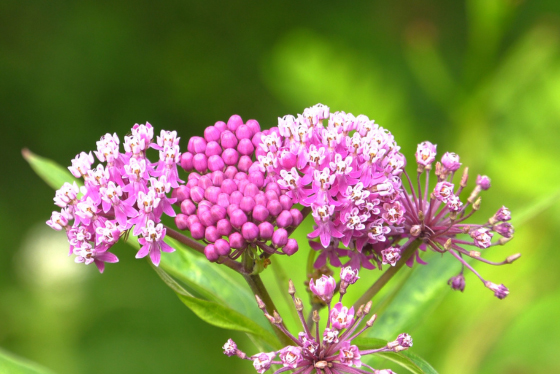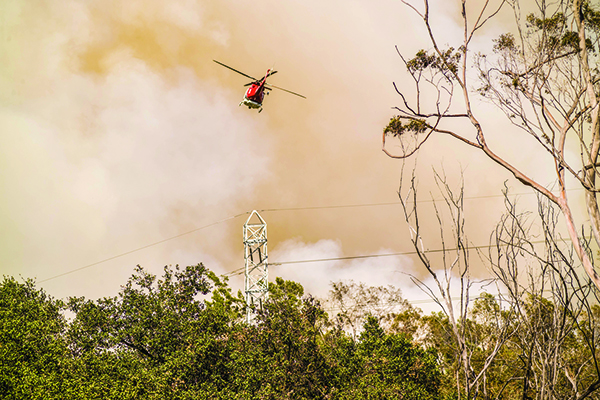Milkweed shines as the state’s Plant of the Year


Milkweed has been announced as the Rare Plant Monitoring Program’s 2025 Plant of the Year in Wisconsin, and residents are encouraged to plant milkweed to help monarchs.
The plant is important for monarch butterflies and a beautiful addition to any home garden. When combined with a few native plants that bloom throughout the spring and summer, a garden can support an even wider variety of pollinators.
Of the 13 native milkweed in Wisconsin, five are listed as endangered, threatened or special concern. Showy milkweed (Asclepias speciosa) is the state’s only non-native milkweed.
Monarch butterflies face several major threats, including habitat loss, pesticides and climate change. Planting milkweed can help create habitat for monarchs, other butterflies and bumble bees.
Monarchs breed in Wisconsin, throughout the spring and summer, and they need milkweed to survive. It’s the only plant that monarchs lay their eggs on and it’s the only food that monarch caterpillars eat.
Once a monarch reaches adulthood, they may still use milkweed for nectar, but a variety of native plants that bloom from spring to fall, are also important.
In late fall, monarchs migrate south to Mexico, where they overwinter in tight clusters. Each year, scientists estimate monarch populations by how much space they occupy, measured in hectares, while overwintering.
While 2024-25 numbers found 1.79 hectares, up from .99 hectares the prior season, both are part of a decades-long decline in their population.



